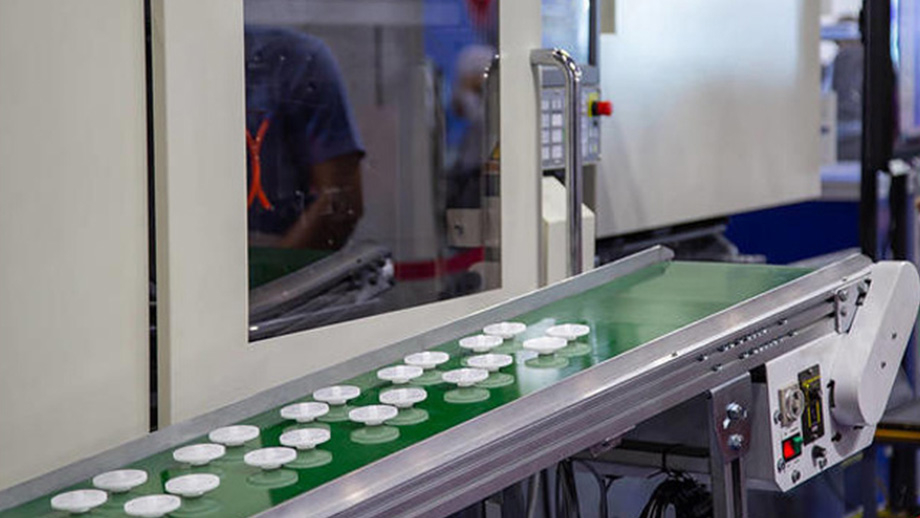Weld lines are a common problem in injection molded parts. They are visible lines that appear on the surface of the part where two or more melt fronts meet during the injection molding process. Weld lines can have a negative impact on the strength, appearance, and functionality of the part. In this article, we will explore the causes of weld lines in injection molded parts and offer some improvement measures that can be taken to reduce or eliminate them.

What are Weld Lines?
Weld lines are lines that appear on the surface of an injection molded part where two or more melt fronts meet. These lines can be caused by a number of factors, including differences in the flow rate of the melt, temperature differences between the melt fronts, and the presence of obstacles in the flow path. Weld lines can have a negative impact on the strength, appearance, and functionality of the part.
Causes of Weld Lines
There are several factors that can contribute to the formation of weld lines in injection molded parts. These include:
Temperature Differences
Temperature differences between the melt fronts can cause weld lines to form. When the temperature of the melt is not uniform, it can cause differences in the flow rate of the melt. This can result in the formation of a weld line where the melt fronts meet.
Differences in Viscosity
Differences in viscosity between the melt fronts can also cause weld lines to form. If the viscosity of the melt is not uniform, it can cause differences in the flow rate of the melt. This can result in the formation of a weld line where the melt fronts meet.
Obstacles in the Flow Path
Obstacles in the flow path can also cause weld lines to form. If there are obstacles in the flow path, it can cause differences in the flow rate of the melt. This can result in the formation of a weld line where the melt fronts meet.
Mold Design
Mold design can also contribute to the formation of weld lines. If the mold is designed in such a way that it causes differences in the flow rate of the melt, it can result in the formation of a weld line where the melt fronts meet.
Improvement Measures

There are several improvement measures that can be taken to reduce or eliminate weld lines in injection molded parts. These include:
Optimizing Processing Conditions
Optimizing processing conditions can help to reduce or eliminate weld lines in injection molded parts. This can include adjusting the temperature of the melt, adjusting the injection speed, and adjusting the holding pressure.
Modifying the Mold Design
Modifying the mold design can also help to reduce or eliminate weld lines in injection molded parts. This can include changing the gate location, changing the parting line location, and adding flow channels to the mold.
Using Flow Simulation Software
Using flow simulation software can help to identify potential weld line locations before the injection molding process begins. This can allow for adjustments to be made to the mold design and processing conditions before the part is molded.
Using Mold Temperature Controllers
Using mold temperature controllers can help to ensure that the temperature of the mold is uniform throughout the injection molding process. This can help to reduce or eliminate temperature differences between the melt fronts, which can cause weld lines.
Conclusion
Weld lines are a common problem in injection molded parts, but they can be reduced or eliminated through proper mold design and processing conditions. By understanding the causes of weld lines and taking the appropriate improvement measures, injection molders can produce high-quality parts that meet the needs of their customers.
